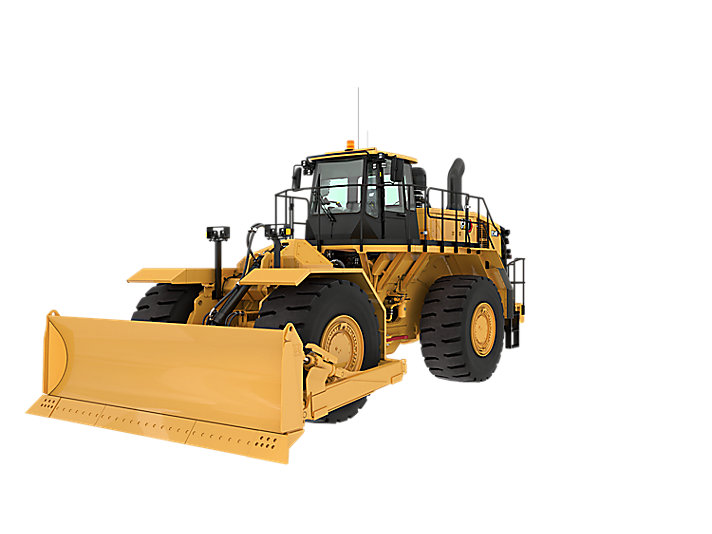Schematic 834H Wheel Dozer Hudraulic System 2
Description
Schematic 834H Wheel Dozer Hudraulic System 2
Hydraulic Schematic Wheel Loader
The hydraulic system in a wheel loader is a crucial component that facilitates the machine’s lifting, loading, and operational capabilities. Here’s an overview of the key aspects of the hydraulic system in a typical wheel loader:
Hydraulic Pump:
The hydraulic pump is responsible for creating the necessary hydraulic pressure.
It can be a variable displacement pump to adjust fluid flow based on demand.
Control Valves:
Control valves direct the flow and distribution of hydraulic fluid to different cylinders and motors.
These valves are often controlled electronically or through mechanical linkages.
Cylinders:
Hydraulic cylinders are used to actuate different parts of the loader. Such as the lifting arms and bucket.
They convert hydraulic pressure into mechanical force, enabling lifting, tilting, and other movements.
Loader Arms and Bucket:
The hydraulic system powers the loader arms and bucket, allowing the machine to lift, lower, tilt, and dump materials.
Hydraulic Motors:
Hydraulic motors used for auxiliary functions. Such as powering the machine’s wheels or other attachments.
They convert hydraulic energy back into mechanical energy.
Electronic Control:
Modern wheel loaders often feature electronic control systems for precise and efficient operation.
Electronic sensors and feedback mechanisms enhance control, such as accuracy and overall system efficiency.
Hydraulic Schematic Wheel Loader. Safety features, including pressure relief valves, prevent overloads and protect components from damage.
Load-sensing systems optimize hydraulic pressure based on the load, such as improving fuel efficiency and reducing wear.
Regular inspection, preventive maintenance, and adherence to manufacturer guidelines are essential to ensure the reliable and efficient performance of the hydraulic system in a wheel loader over its operational life.

Reviews
There are no reviews yet.